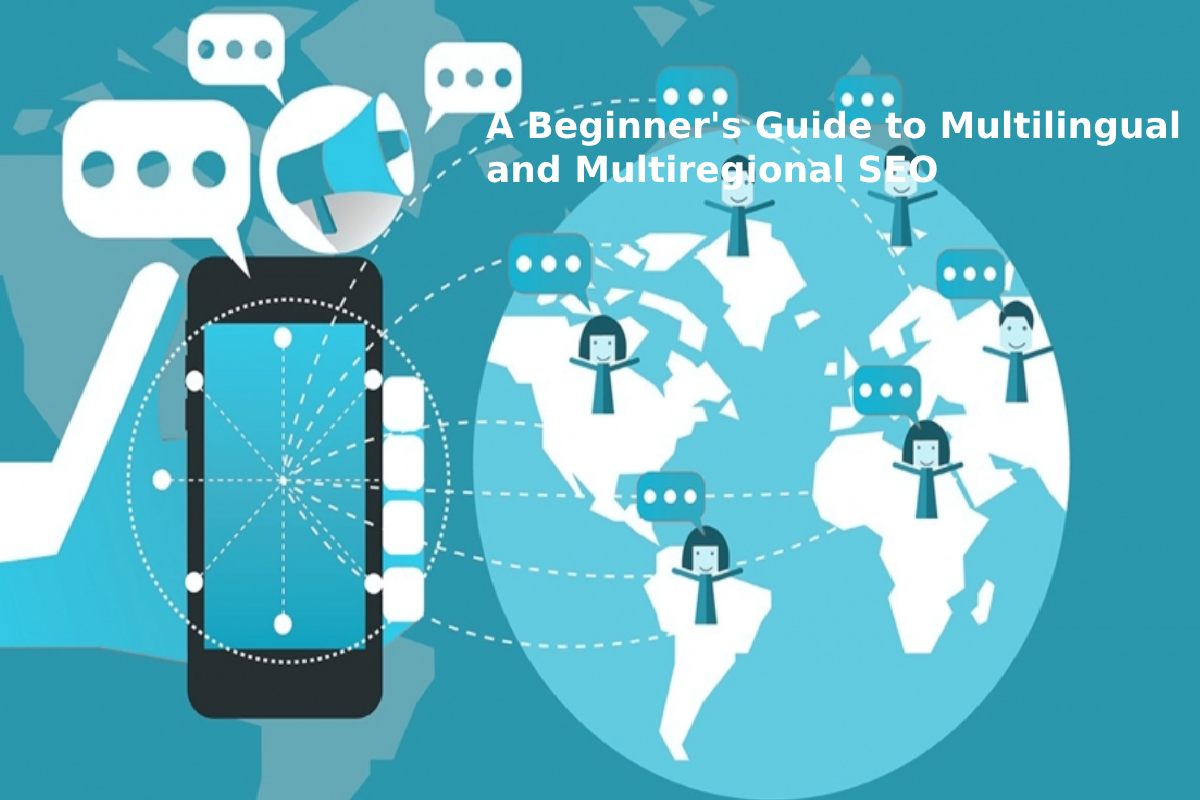A Beginner’s Guide to Multilingual and Multiregional SEO

The world is becoming more connected than ever before, and it’s not surprising that your small business wants to take advantage of the global opportunities out there. Unfortunately, this also means you need to reach customers across different languages and geographical regions.
Multiregional SEO can seem like an overwhelming task at first glance, but you can get started on the right foot with a few simple steps.
Dofollow links are essential in an SEO strategy to build backlinks to a site. They have the main advantage of improving PageRank for individual pages and websites. In addition, higher-quality dofollow backlinks will enhance a website’s ranking in search engines.
Table of Contents
What is Multiregional and Multilingual SEO?
Multilingual SEO is the practice of optimizing for multiple regions and languages at once. This means you’ll need to create content that can be understood by people from different countries, who speak various languages, and view your site across multiple web browsers or apps on their phones, all without changing anything about how they access it.
The good news is that you can do this without hiring a bunch of new writers and editors. When done right, the only people who’ll be able to tell your site isn’t multilingual by default are native speakers from each region or language.
Where Are You Targeting?
What regions are your customers from? What languages do they speak? How far is your target audience from you geographically? And what devices do they use to access the internet? It would help to consider all of these factors when planning out which languages and regions you want to target.
Importance Of Choosing The Right Domain And URL Structure
There are many things to consider when choosing the right domain name and URL structure for your site. A few of these factors include how you want people to find your content, if it makes sense with the other languages on the page, keyword relevance, and search volume.
Webmaster Tools Geo-targeting
Google Webmaster Tools gives you a way to target specific languages and regions for your site. Once it’s enabled, Google will show the location of each visitor as they visit your website so that you can see what countries or states are driving traffic.
Does Server Location Matter?
There is a common misconception that server location matters when it comes to multilingual SEO. While Google can detect the IP address for your visitors and display ads in different languages, this will only affect search engine results pages (SERPs) and not actual organic traffic or analytics data.
Advantage Of A Shared Database
A shared database is an approach to multilingual SEO that enables you to store all of the data for all languages and regions in a single place. The benefit of this method is that it prevents duplication, leading to indexing problems with search engines down the line.
Website Translation
The translation is a must when it comes to multilingual SEO. A translator will be able to seamlessly integrate keywords and phrases from one language into your website so that they flow naturally with the rest of the content on each page.
Things to Consider in Multilingual Marketing
Do you want to target one language at a time or all languages and regions? Which languages will give you the best return on your investment?
If you hire a translator, you should also consider which type of translation will work best for your website. This includes automatic machine translation software and manual human translators who can make sure that each word or phrase is translated correctly from one language into another, so they retain their original meaning. For more information on the above, you can always check out places like Contentful.
